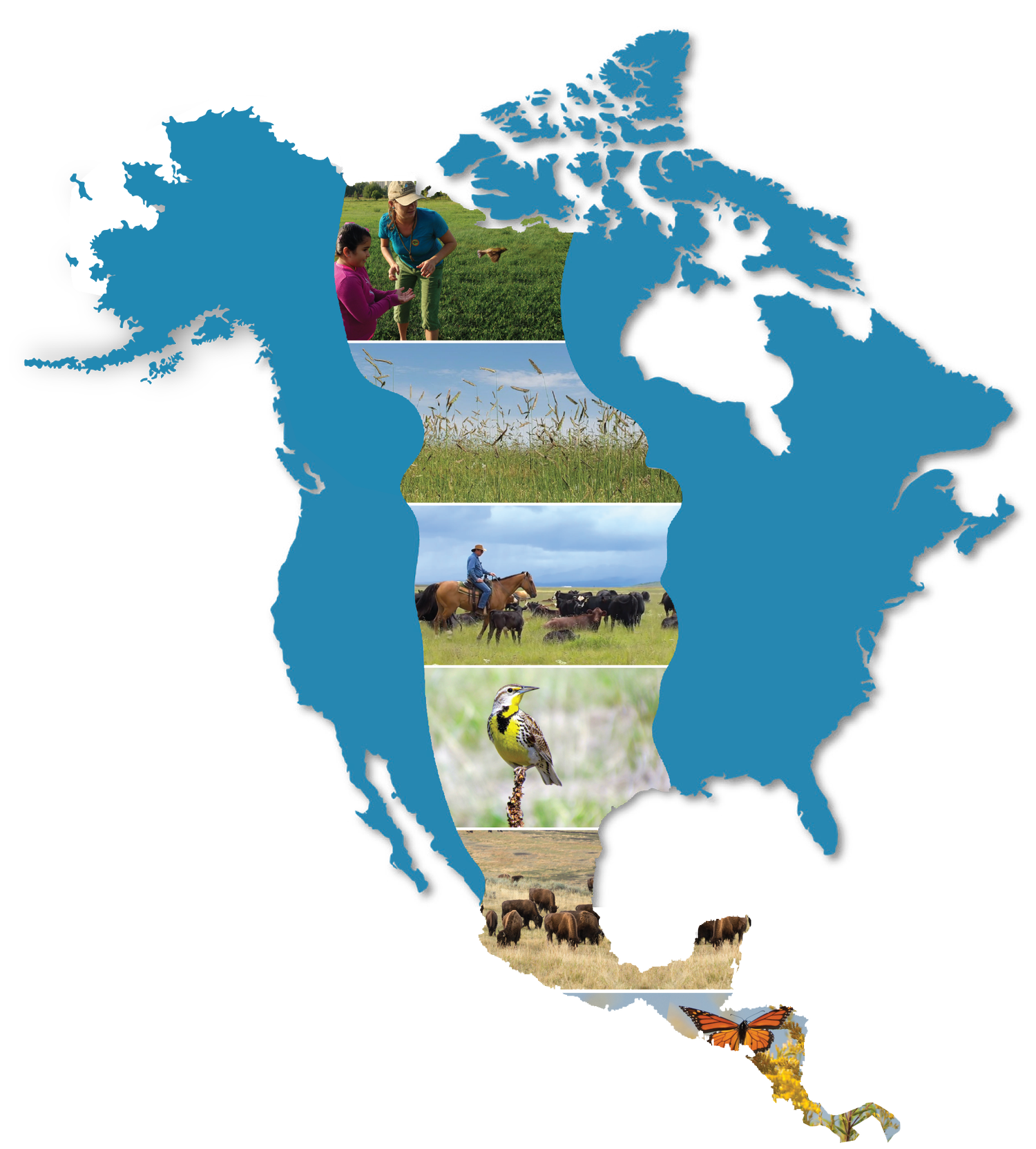Comparative Case Study: Lesser Prairie-Chicken
Western Association of Fish and Wildlife Agencies
https://www.wafwa.org/initiatives/grasslands/lesser_prairie_chicken/
The Lesser-Prairie Chicken (LPC) was listed as “threatened” under the Endangered Species Act in 2014, but was subsequently considered for removal from the in 2015 after a significant interstate push for the conservation of its habitat and the survival of the species. Some of the main proponents of the prompt response were the five WAFWA directors of the five states identified as providing habitat to the LPC.
The LPC is an endemic species to four ecotypes that span across the five states of WAFWA’s LPC initiative: shortgrass prairie, mixed grass prairie, sand sagebrush prairie, and shinnery oak prairie. As such, industry leaders, landowners, and community members would all be affected by efforts to conserve the species. Instead of excluding the initiative has successfully integrated them into the conservation project.
While the initiative was headed up by WAFWA directors in Colorado, Wyoming, New Mexico, Texas, and Oklahoma, it necessitated the collaboration of members of the oil, gas, wind, electricity and telecommunications industries, private landowners, the Natural Resource Conservation Service, Farm Service Agency, and other conservation NGOs. The conservation plan is the “only program of its kind” to be officially recognized and endorsed by the U.S. Fish and Wildlife Service.
Despite still being listed as “threatened” under the ESA, the program believes that strong participation and execution of the plan could delist the LPC in just a few years.
Related video about saving Colorado’s Lesser-Prairie Chicken: https://youtu.be/xG_7hajky-Q
See the WAFWA’s conservation plan for the Lesser Prairie-Chicken: https://www.wafwa.org/Documents%20and%20Settings/37/Site%20Documents/Initiatives/Lesser%20Prairie%20Chicken/2013LPCRWPfinalfor4drule12092013.pdf
